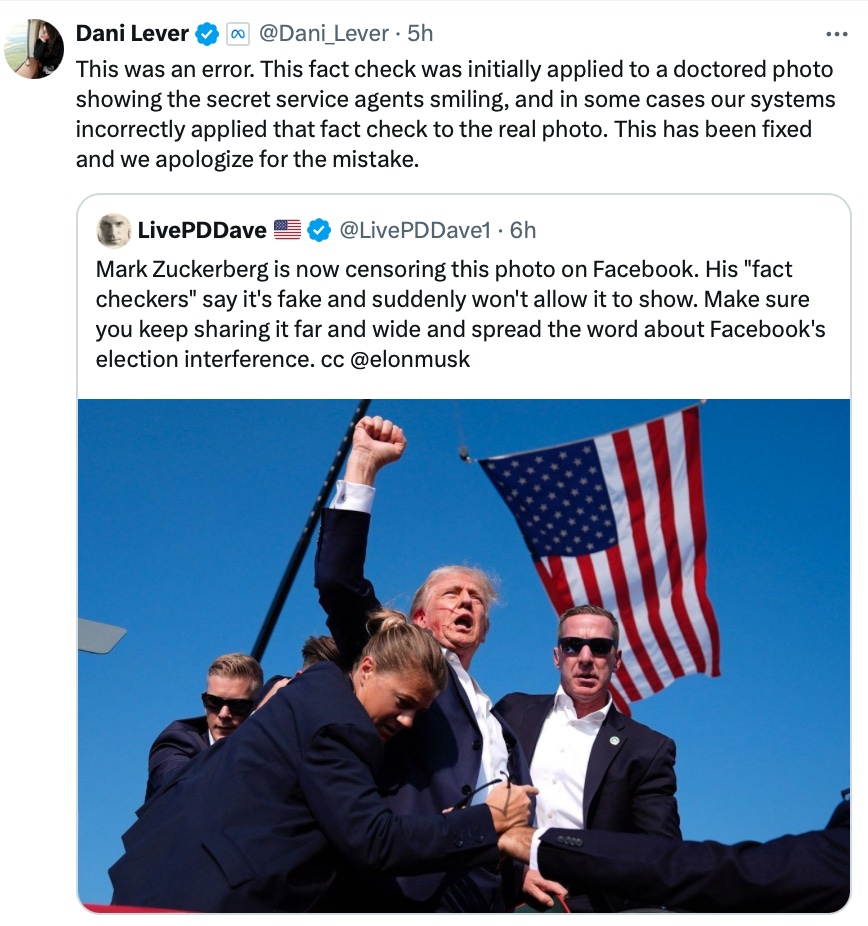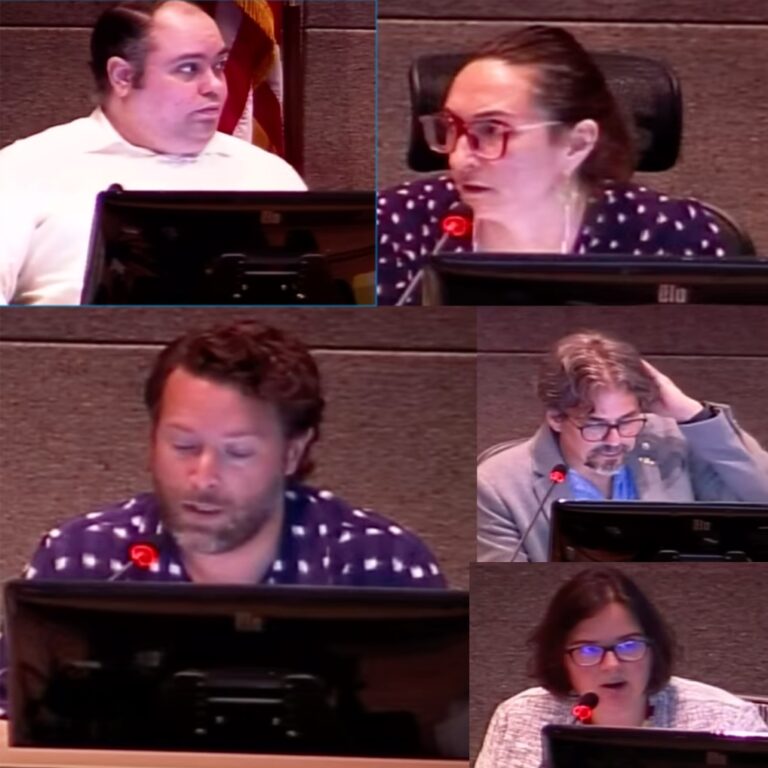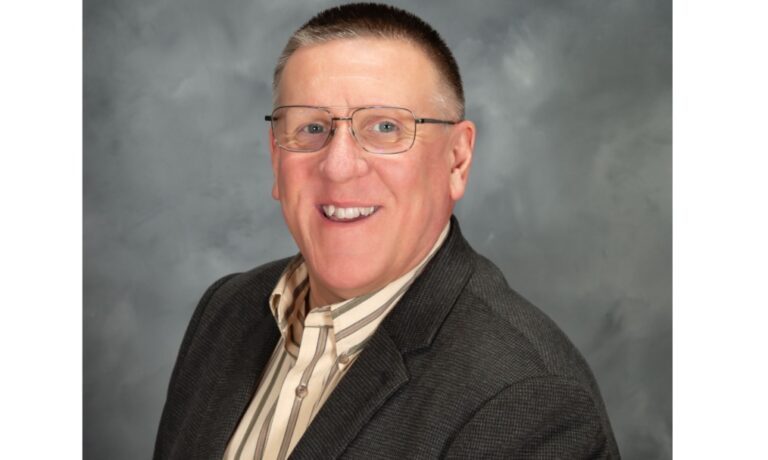Gov. Mike Dunleavy will be at the Tanana Valley State Fair in Fairbanks on Monday for a bill signing ceremony, taking up four House bills that have Fairbanks-area sponsors.
House Bill 104, sponsored by Rep. Mike Cronk, addresses the salvaging of insect-decayed wood from state forests. After an insect infestation, such as the occasional spruce bark beetle infestations, timber dies by the millions of board feet and can become a fire hazard. The legislation directs the Division of Forestry to focus on areas of commercially viable timber where fire dangers are high. The prioritization may provide fuel for biomass energy production and expansion.
In addition to Rep. Cronk, other legislators co-sponsoring the bill include, Reps. George Rauscher, Kevin McCabe, Tom McKay, Jess Sumner, Fran Tomaszewski, Craig Johnson, Ben Carpenter, Sarah Vance, DeLena Johnson, Justin Ruffridge, and Stanley Wright; also Sens. Jesse Bjorkman, Kelly Merrick, Mike Shower, Bert Stedman, James Kaufman, and Shelley Hughes.
House Bill 155, sponsored by Rep. Will Stapp, is an act establishing the Alaska Military Affairs Commission. which will provide advice, counsel, and recommendations on military issues and economic and industrial development related to military issues to the governor, state agencies, the legislature, communities, and the state’s congressional delegation. The AMAC will work to expand and grow the current presence of the armed forces in the state, including new bases, expanded missions, and increased training.
In addition to Stapp, other legislators co-sponsoring House Bill 155 are Reps. Frank Tomaszewski, Julie Coulombe, Alyse Galvin, Cliff Groh, Dan Saddler, Mike Cronk, Stanley Wright, Kevin McCabe, Andy Josephson, Maxine Dibert, and George Rauscher; also Sens. Jesse Bjorkman, Forrest Dunbar, Scott Kawasaki, Robb Myers, Kelly Merrick, Mike Shower, Click Bishop, Matt Claman, Gary Stevens, Bill Wielechowski, Elvi Gray-Jackson, Bert Stedman, Loki Tobin, Shelley Hughes, and James Kaufman.
House Bill 233, sponsored by Rep. Frank Tomaszewski, makes a key change to the auto warranty statute by adding time allowances to the schedule of compensation for warranty work. Thousands of Alaskans benefit from warranty work every year as part of their agreement with auto manufacturers from whom they’ve purchased their car. By agreeing to sell cars on behalf of certain manufacturers, auto dealers assume the responsibility of coordinating the time and labor spent performing warranty repair work on their cars. The bill takes an approach used by states like Colorado, Montana, and Illinois by requiring that manufacturers compensate dealers for warranty work at the same rates and time allowances that the dealer charges retail customers for similar, non-warranty work.
In addition to Tomaszewski, other legislators co-sponsoring the bill include Reps. Laddie Shaw, Andy Josephson, Will Stapp, Julie Coulombe, Ashley Carrick, Stanley Wright, Jamie Allard, Mike Cronk, Justin Ruffridge, Louise Stutes, Mike Prax, Sarah Vance, Daniel Ortiz, Neal Foster, Alyse Galvin, Tom McKay, Jennie Armstrong, and Jesse Sumner; also, Sens. Robert Myers, Matt Claman, Jesse Bjorkman, and Elvi Gray-Jackson
House Bill 237, sponsored by Rep. Mike Prax, addresses the shortage of nurses in Alaska. Currently, a nurse whose license has lapsed and who is seeking license reinstatement in Alaska is not allowed to be issued a nonrenewable temporary permit. However, a nurse seeking a license for the first time in Alaska can be issued a temporary permit. H.B. 237 may help nurses get back to work faster.
In addition to Rep. Prax, other legislators co-sponsoring the bill are Reps. Rebecca Himschoot, Stanley Wright, Dan Saddler, Alyse Galvin, Andy Josephson, George Rauscher, Ben Carpenter, Daniel Ortiz, Frank Tomaszewski, Donna Mears, and Cathy Tilton; also Sens. Robert Myers, Shelley Hughes, David Wilson, Scott Kawasaki, James Kaufman, Loki Tobin, Mike Shower, Forrest Dunbar, Matt Claman, Jesse Bjorkman, Kelly Merrick, Bert Stedman, and Click Bishop.
The bill signing is Monday at 12:30 p.m. on the Usibelli Stage, at the Tanana Valley State Fairgrounds, 1800 College Road, in Fairbanks. Founded in 1924, the Tanana Valley State Fair is the oldest fair in the state.
















